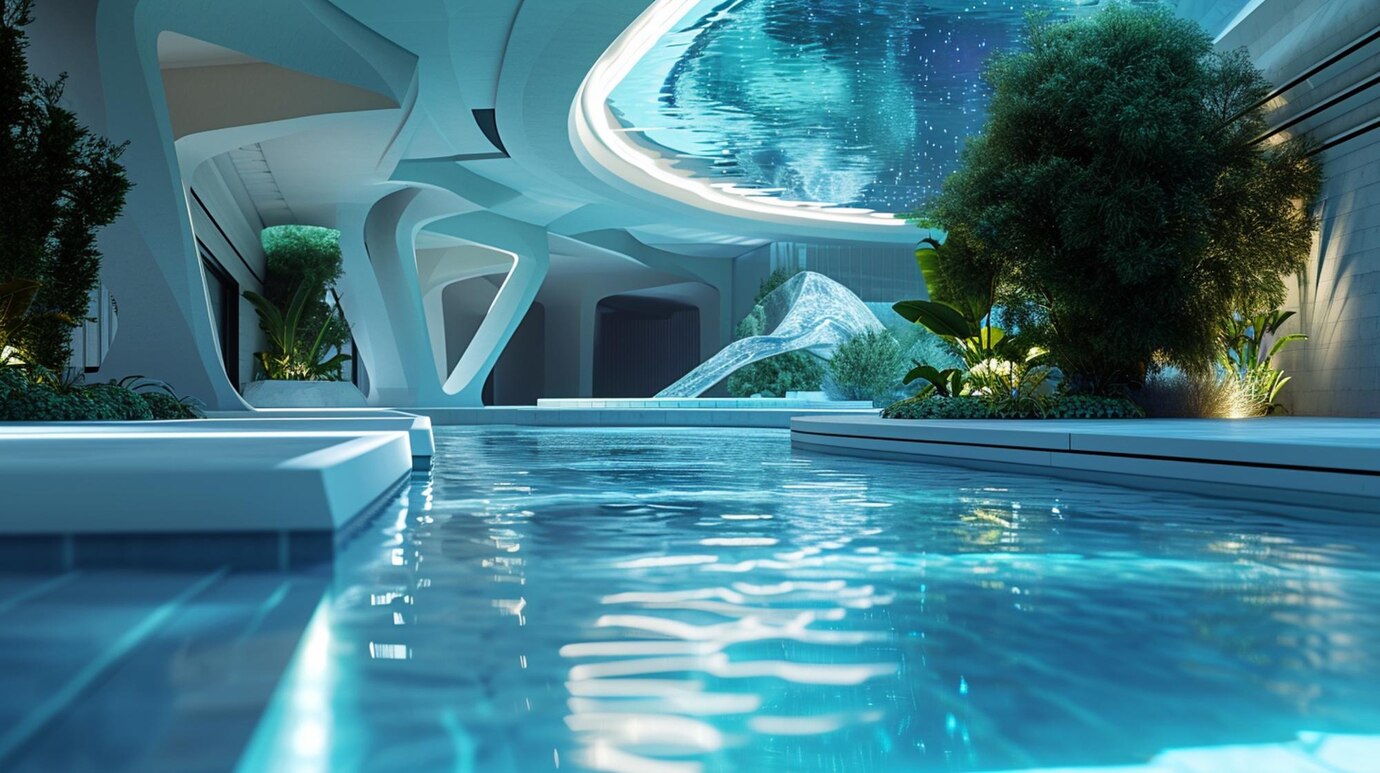The concept of floating architecture, which involves the construction of buildings, habitats, and infrastructure on water, presents a compelling vision for sustainable and innovative design. As urbanization, climate change, and population growth continue to pose challenges for traditional land-based development, floating architecture offers a promising solution that prioritizes environmental resilience, adaptive design, and the harnessing of water resources. The future of floating architecture holds tremendous potential for creating sustainable, adaptable, and aesthetically captivating built environments that harmonize with the natural world.
-
Environmental Resilience and Adaptability:
Floating architecture embraces the principles of environmental resilience and adaptability, offering a viable response to the challenges of sea-level rise, flooding, and the increasing vulnerability of coastal areas to natural disasters. By situating structures on water, architects and designers can create buildings and communities that are resilient in the face of extreme weather events, fostering a sense of security and sustainability in an era of climate uncertainty.

-
Water-Based Urban Development:
The future of floating architecture is closely tied to the concept of water-based urban development, offering a paradigm shift in the way cities and communities are designed. Floating neighborhoods, mixed-use developments, and modular infrastructure can alleviate pressure on land resources, provide opportunities for sustainable urban expansion, and create vibrant, livable waterfront communities.
-
Sustainable Resource Management:
Floating architecture presents the opportunity to integrate innovative sustainable systems for water collection, energy production, and waste management. Concepts such as floating solar farms, water filtration technologies, and green infrastructure enable the harnessing of natural resources and the promotion of eco-friendly practices, contributing to the broader goals of environmental sustainability.
-
Modular and Prefabricated Construction:
The use of modular and prefabricated construction techniques in floating architecture enhances efficiency, flexibility, and speed of deployment. Prefabricated floating structures can be readily transported and assembled on-site, allowing for rapid development while minimizing disruption to the surrounding environment. This approach supports the creation of adaptable and scalable water-based developments that can evolve according to changing needs and conditions.
-
Biodiverse Habitats and Ecological Restoration:
By integrating floating green spaces, wetlands, and aquatic habitats, floating architecture has the potential to contribute to ecological restoration and the preservation of aquatic ecosystems. These habitats can support biodiversity, enhance water quality, and create valuable green corridors in urban waterfront areas, fostering a healthier and more balanced relationship between human settlements and natural environments.
-
Innovative Design Aesthetics:
Floating architecture offers boundless opportunities for innovative design aesthetics, creating visually striking and iconic structures that complement the natural surroundings. Inspirations from maritime and nautical themes, organic forms, and biomimicry can inform the design of floating architecture, resulting in distinctive and compelling built environments that celebrate the convergence of water and design.
Conclusion
In summary, the future of floating architecture represents a bold vision for sustainable, adaptable, and ecologically conscious design on water. By embracing environmental resilience, sustainable resource management, and innovative design approaches, floating architecture has the potential to shape the future of urban and rural development, offering a distinctive and forward-thinking solution for addressing the complex challenges of the 21st century.
